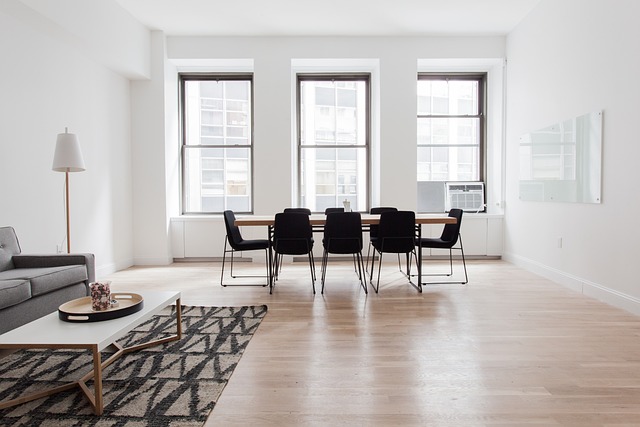woven southwest area rugs
History and background of the shop
Southwest area rugs hold immense cultural significance in the history of rug weaving. These exquisitely woven textiles, originating from the southwestern regions of the United States, are a testament to the rich heritage and artistic traditions of Native American tribes.
The intricate patterns and vibrant colors found on southwest area rugs reflect the deep connection these tribes have with their natural surroundings. Each design tells a story, often depicting elements of nature such as animals, landscapes, or celestial bodies. These rugs are not mere decorative pieces but serve as a medium for preserving and passing down tribal narratives from one generation to another.
The origins of southwest area rugs can be traced back to pre-Columbian times when Native Americans began utilizing hand-weaving techniques. They used locally sourced materials like wool, cotton, or even plant fibers to create these remarkable textiles. The process involved carefully dyeing the fibers using natural pigments derived from plants and minerals.
Woven with great precision and skill, southwest area rugs became an integral part of daily life for many Native American communities. They served various purposes - from providing warmth during cold winters to being used as ceremonial pieces during important rituals. These rugs were also traded among tribes or exchanged as gifts, symbolizing unity and goodwill.
Over time, southwest area rugs gained recognition beyond tribal territories. Their unique designs captivated collectors worldwide who appreciated their exceptional craftsmanship and cultural value. As demand increased, some weavers adapted their techniques to meet market expectations while still staying true to traditional designs.
Despite modern influences, southwest area rug weaving remains deeply rooted in native traditions. Today, skilled artisans continue this cherished craft by honoring ancestral knowledge passed down through generations. By doing so, they preserve not only the artistry but also contribute to the economic sustainability of indigenous communities.
Southwest area rugs have become iconic symbols that represent both cultural identity and artistic expression within Native American societies. Their historical significance cannot be underestimated as they carry stories that connect past generations with the present. These beautiful and meaningful rugs serve as a tangible link to the rich heritage of Southwest tribes, reminding us of their lasting legacy in the world of rug weaving.
